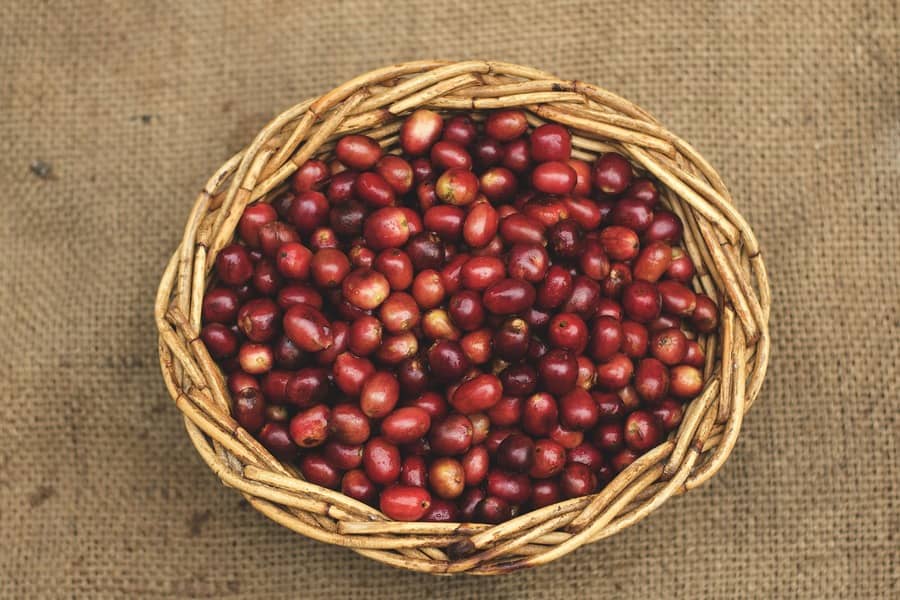The domestic physical coffee market reacts and tries to move away from the lows. The recovery on ICE US and the dollar’s high served as an impetus for the rise in prices. But the weak differentials in FOB exports and the pressure from the arrival of new coffee on the market serve as a counterpoint, inhibiting sharper highs. The feeling is of a greater presence of sellers in the market. But in fact, there is not so much pressure on the selling side but a very short posture of demand, in the face of buyers who keep quite slowing down the pace of purchases, avoiding carrying stocks.
In the south of Minas Gerais, good cup is trading at BRL 835 a bag, having risen just over 1% between early July and early August. Despite posting gains last July, coffee still accumulates losses of 16% in 2023. In comparison with the same period last year, the devaluation is even greater, with a good cup in southern Minas nominally falling 34%.
The signs of a slowdown in the bearish curve for coffee are also confirmed in the comparison of prices deflated by IGP-M, which reinforces the idea that the market has already priced in the arrival of the full arabica crop in Brazil and the greater slack in supply. Of course, the market is still subject to new negative adjustments, but the most significant downward movement seems to have already happened.
Going forward, the market should be more vulnerable to financial volatility while waiting for a new fundamental turning point. And with the harvest coming to an end and the cold weather ceasing to generate fear among coffee growers, the new point of fundamental attention should really be the blossoming of Brazil’s 2024 crop during the months of September and October. In general terms, the deflated price of good coffee in the south of Minas Gerais follows the seasonal market movement, remaining slightly below the 5-year average. The market is looking for a new balance, after strong negative adjustments in the last few months.
Fine cup in Cerrado and Mogiana rose another BRL 10 and is indicated at BRL 885 a bag in early August. The market remains well below a year ago, reflecting the improvement in world supply. Fine coffee should find some support given the expectation of an improvement in demand for better cups, given the lower supply of Colombian milds. But this relative appreciation movement only tends to gain more weight after the bottleneck with the crop arrival is overcome. Cherry coffee (semi-washed), which is currently indicated at BRL 940 a bag, also sustains potential for appreciation in view of the expectation of a lower supply of Colombian milds.
Rio coffee with 20% of defects from the Matas de Minas region rose to BRL 735 a bag and continues to gain relative value. The fact is that the harvest, especially in Minas Gerais, has been taking place in a predominantly dry climate, which limits the supply of weaker cups and ends up positively influencing the price of Rio coffee. In addition, the greater interest of the domestic roasted and ground industry in the description also collaborates with relative gain. The forecast for an increase in moisture from the second half of August across the Southeast region of Brazil may affect the crop profile in this final stretch of the harvest and drying and help to mitigate a little this movement of appreciation of weaker cups.
Conillon 7/8 in Colatina, Espírito Santo, rose to BRL 640 a bag in early August. Despite the high, the market continues to respect the narrow range of action, which marks the oscillation in the price of conillon since early July. The fact is that conillon ended up moving away from the highs, pressured by the growth in the physical supply in view of the greater selling interest. The signs of exhaustion in the upward movement of robusta in London served as a trigger for the greater presence of sellers in the market. The increase in internal competition, with greater demand from the local roasted and ground industry for arabica with weaker cups, turned on the warning signal, also contributing to the negative realignment of the conillon price curve.

